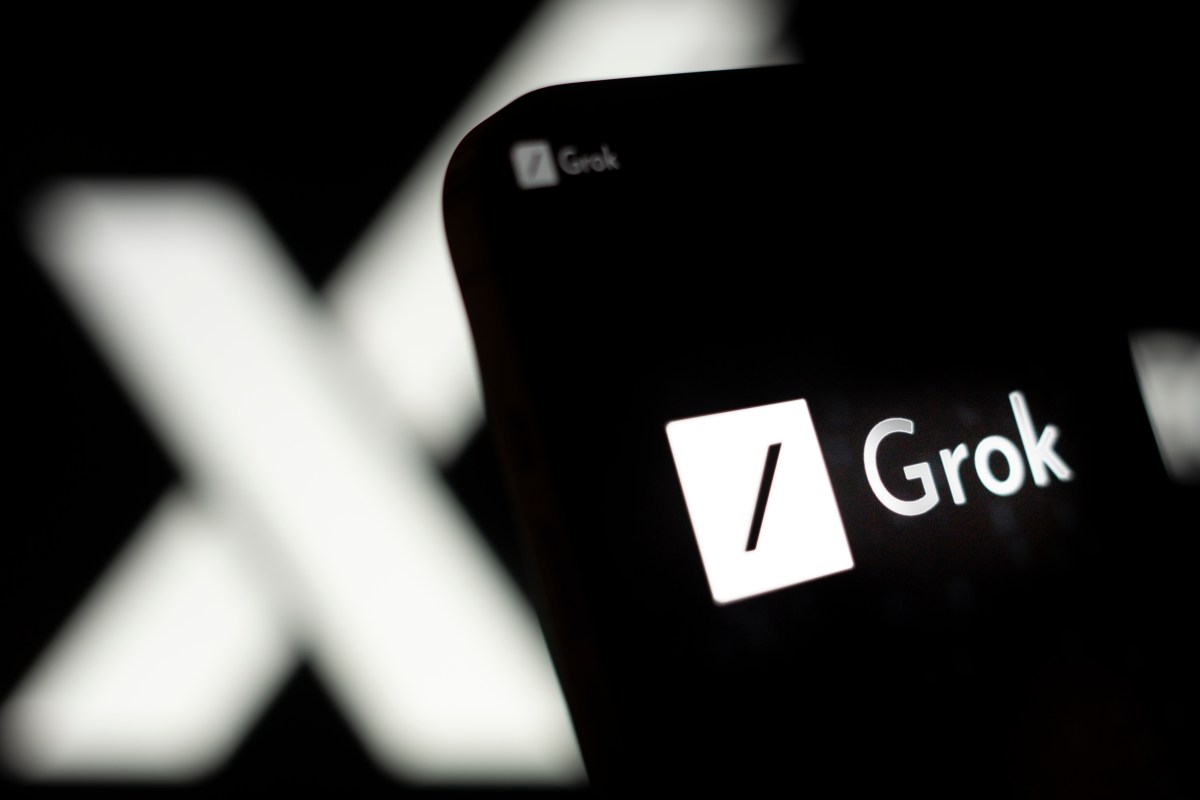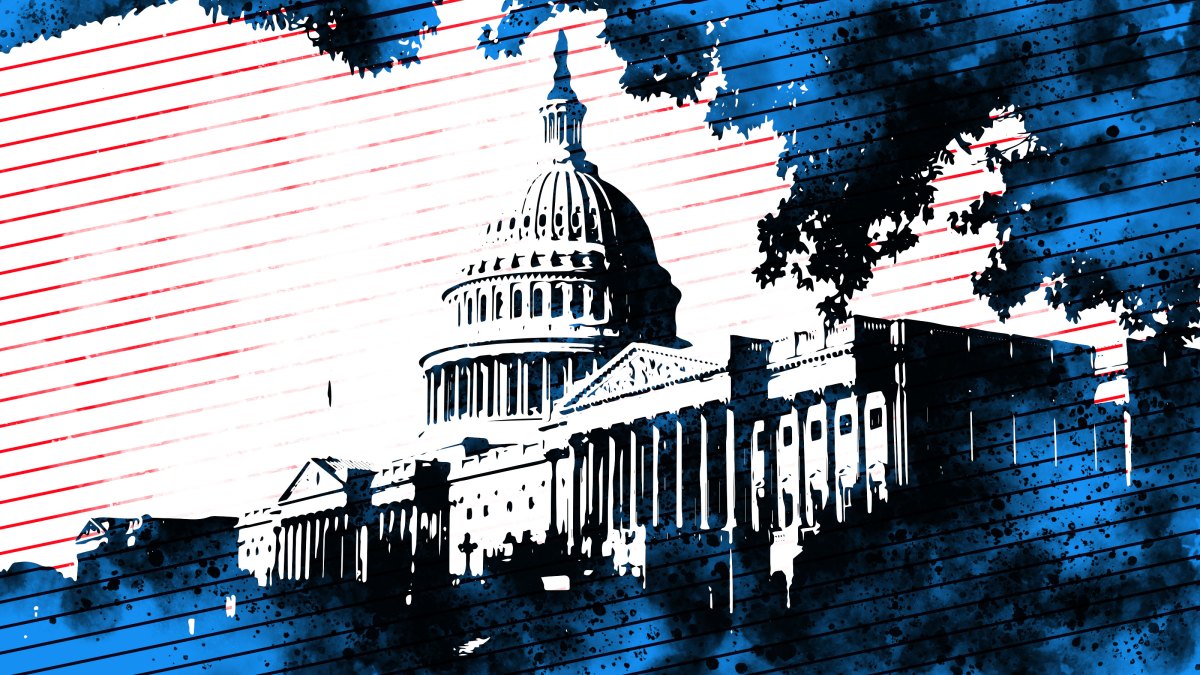ARTICLE AD
With the recent rise of telemedicine and the expansion of remote collaboration, the borders of healthcare delivery have stretched beyond hospital walls. Patients can consult specialists through virtual visits, and beside nurses can receive support from virtual nurses.
Making all of these digitally connected services work are likely a dozen or more applications running behind the scenes, whether it’s an integrated video communications platform or a data analytics tool calculating available beds.
But there may also be a dozen or more applications that are not being used, are no longer supported or lack interoperability that are still taking up space in healthcare organizations’ ecosystems. What’s more, issues such as shadow IT – which can include applications that are deployed outside an organization’s typical IT processes – are added risks to an already saturated system.
So, what can healthcare organizations do to address concerns about redundant and legacy applications, or even useful ones that are not operating at peak performance? As they continue on their digital transformation journeys, they’ll need to modernize their apps and begin the process of app rationalization, which can ultimately find cost savings and help improve patient care.
Click the banner below to discover how to improve workflow efficiencies for clinicians.
Key Outcomes of App Modernization
Most organizations modernize their applications to “increase velocity, improve the user experience and enhance efficiency,” according to a CDW white paper. A health system that’s not properly managing the applications in its environment will see an impact on the effectiveness and security of its digital transformation initiatives.
“This slows the pace of innovation because organizations can’t meet the demands of their customers,” says Greg Peters, CDW’s chief architect for strategic application modernization assessment, in a blog post. “Organizations need to extract out functionality and modernize those applications.”
Data security is especially critical in healthcare, and mismanaged applications that handle any patient data can pose a serious risk. That makes app modernization an integral part of strengthening an organization’s security posture. A 2022 report from open-source platform Konveyor, created by Red Hat and IBM Research, found that 54 percent of companies began the app modernization process to boost their security.
Through app modernization, organizations can also strive for these outcomes:
Optimizing operations, which leads to improved user experiences Extending the life of the legacy apps that are necessary in healthcare Reducing costs and maximizing ROI, since outdated apps are expensive to maintain and can require specialized labor Accelerating cloud adoption Providing IT insights to help teams better understand their IT environments Attracting and retaining talent by supporting innovation that frees employees from rote tasksHealthcare organizations, after all, are progressing on their digital transformation journeys to enhance the experiences of their workforces and deliver high-quality patient care. “Digital transformation is the application of technology to drive better customer experiences and business efficiencies,” says Rolf W. Reitzig, a member of CDW’s Digital Velocity Solutions team, in a blog post.
EXPLORE: Application optimization can improve healthcare workflows.
How a Partner Can Help with App Modernization
If app modernization sounds like a daunting process, it doesn’t have to be — especially with the help of a partner with vast experience in healthcare. A partnership can help with:
A strategic app modernization assessment that helps build a comprehensive roadmap A DevOps assessment that can improve an organization’s DevOps implementation Software design and consulting that supports modern software approaches and address technical debt Managed services, which offer ongoing reviews and engagements for business-critical applicationsHealthcare organizations that want to re-examine their digital transformation strategies should explore how app modernization can drive their efforts.

 1 year ago
54
1 year ago
54 

